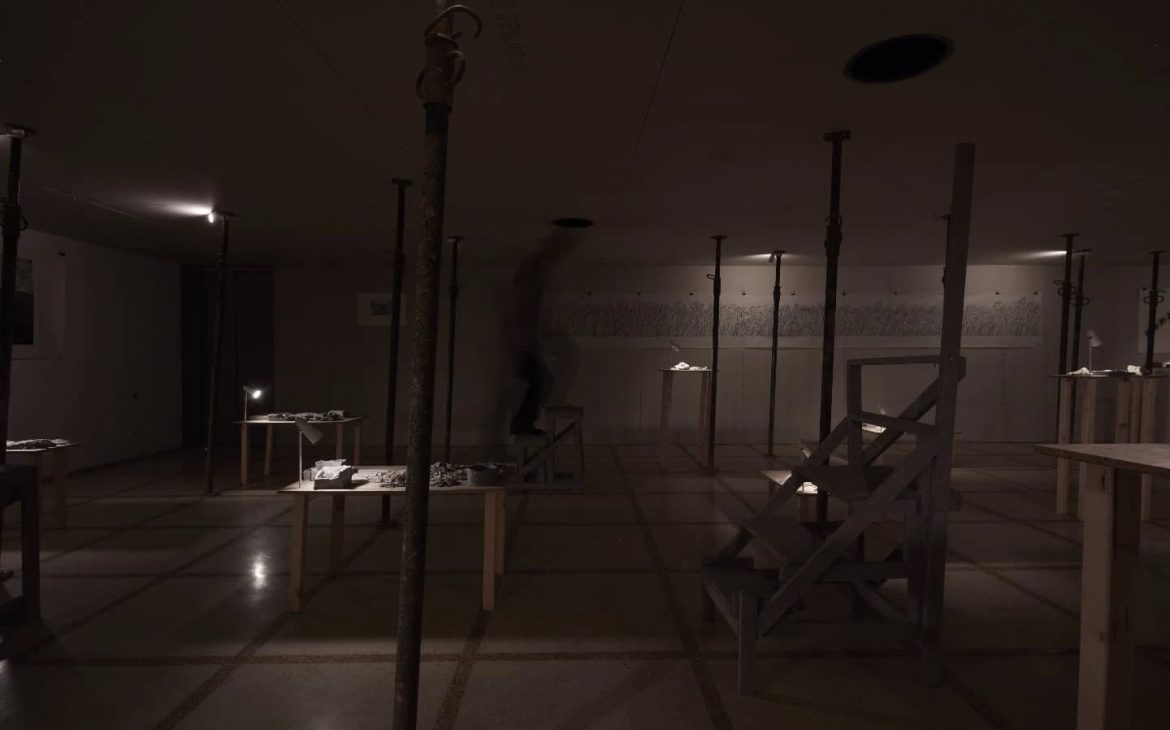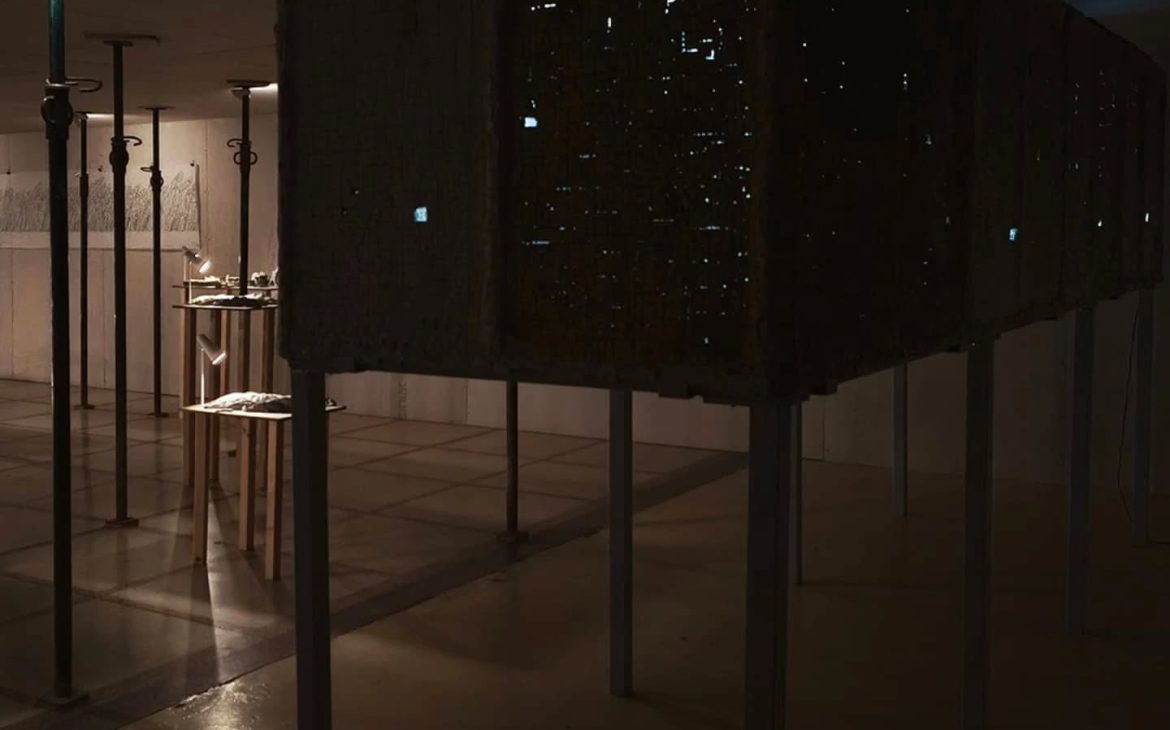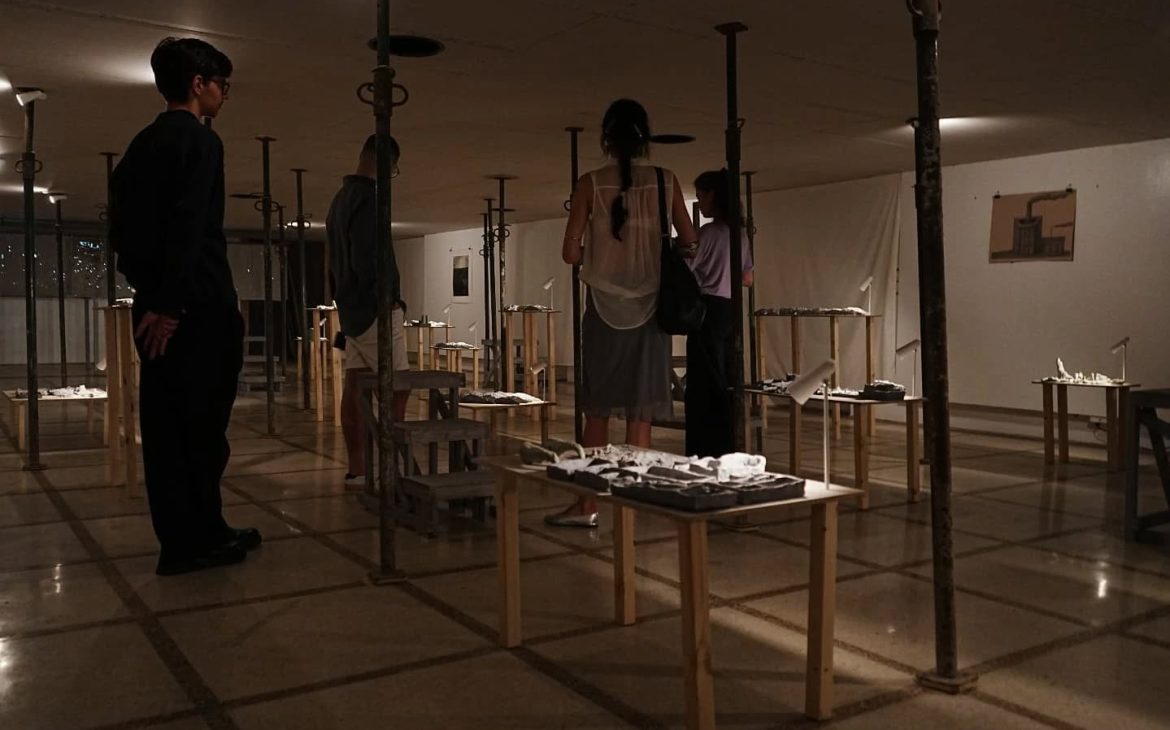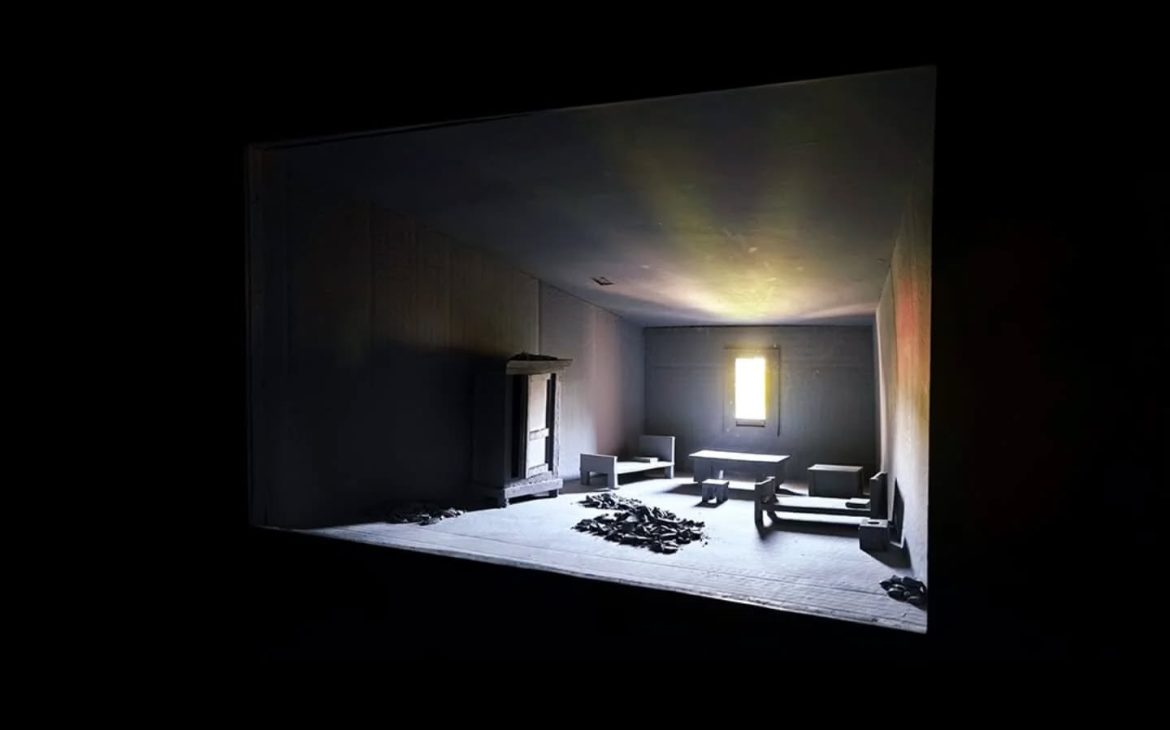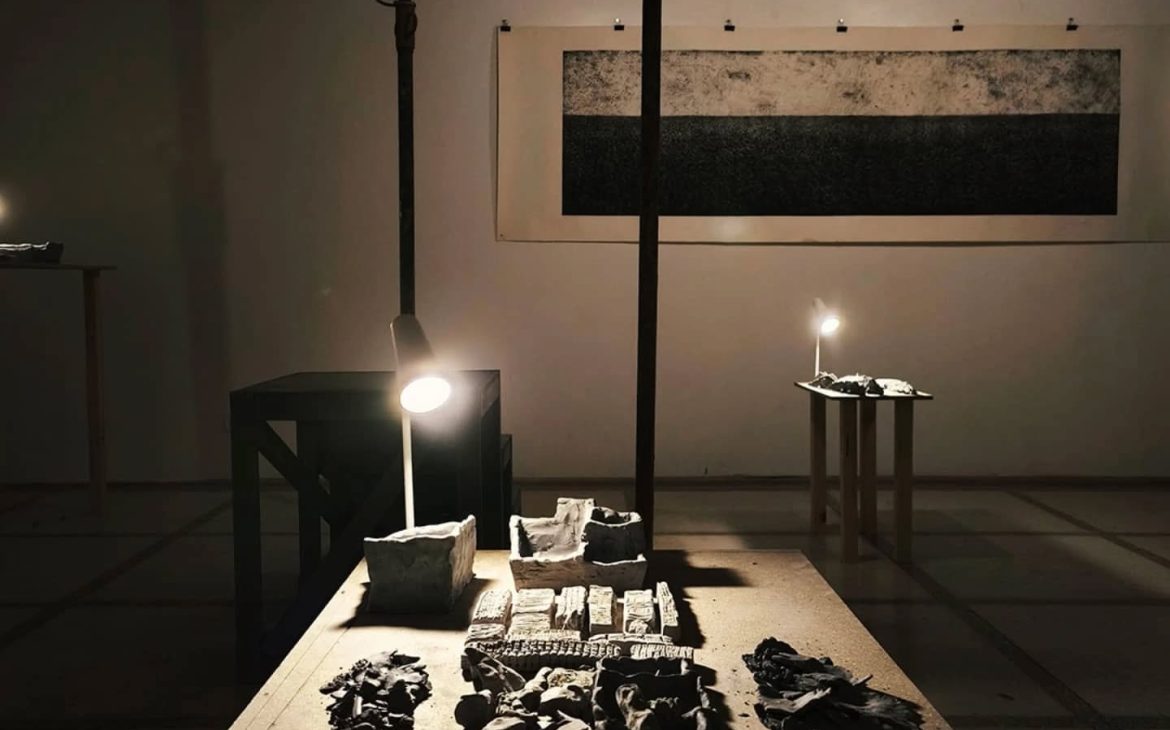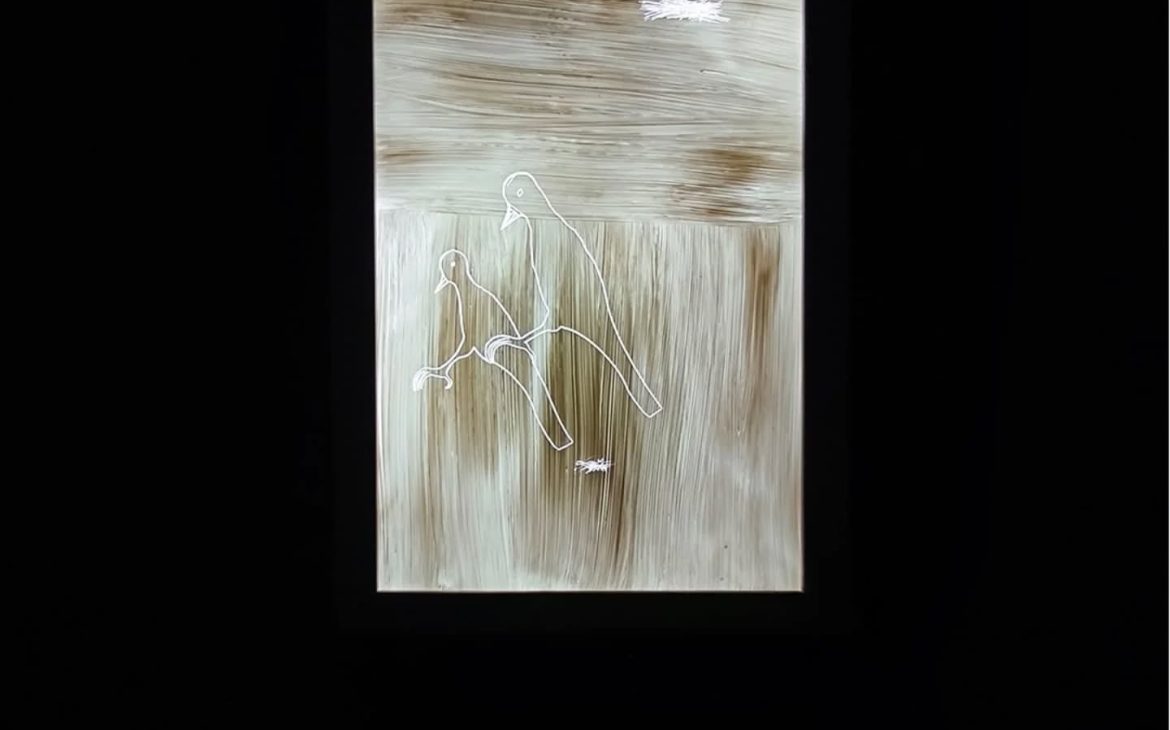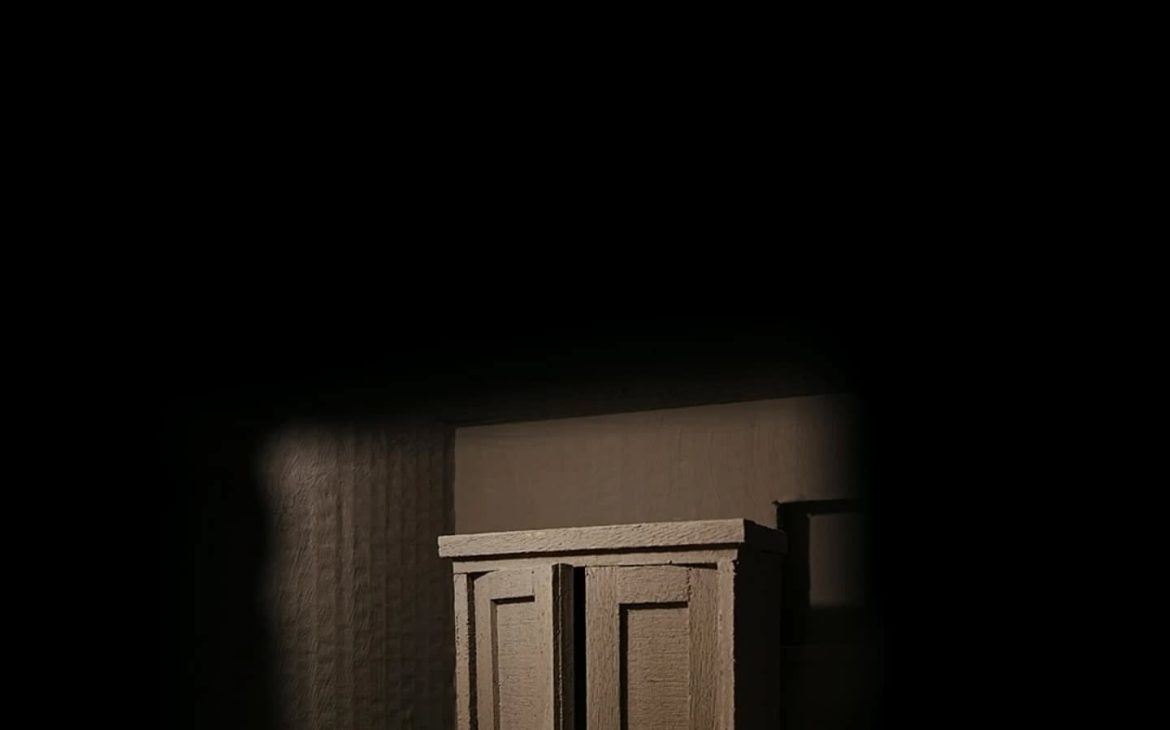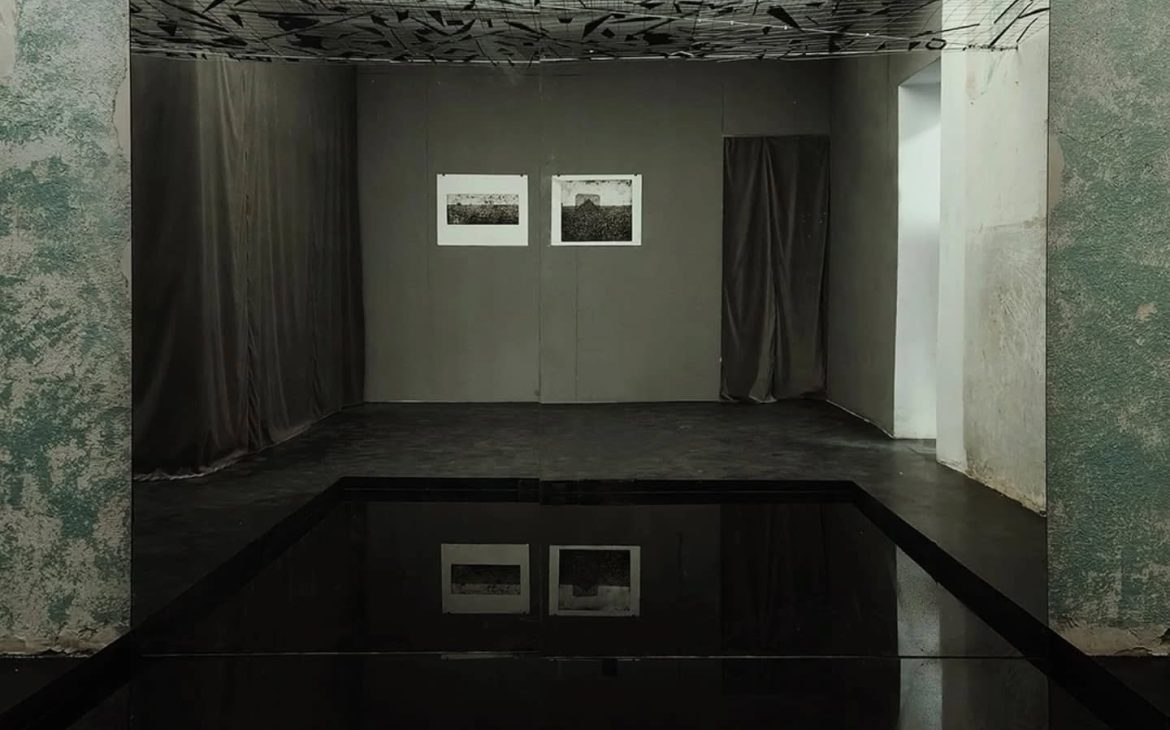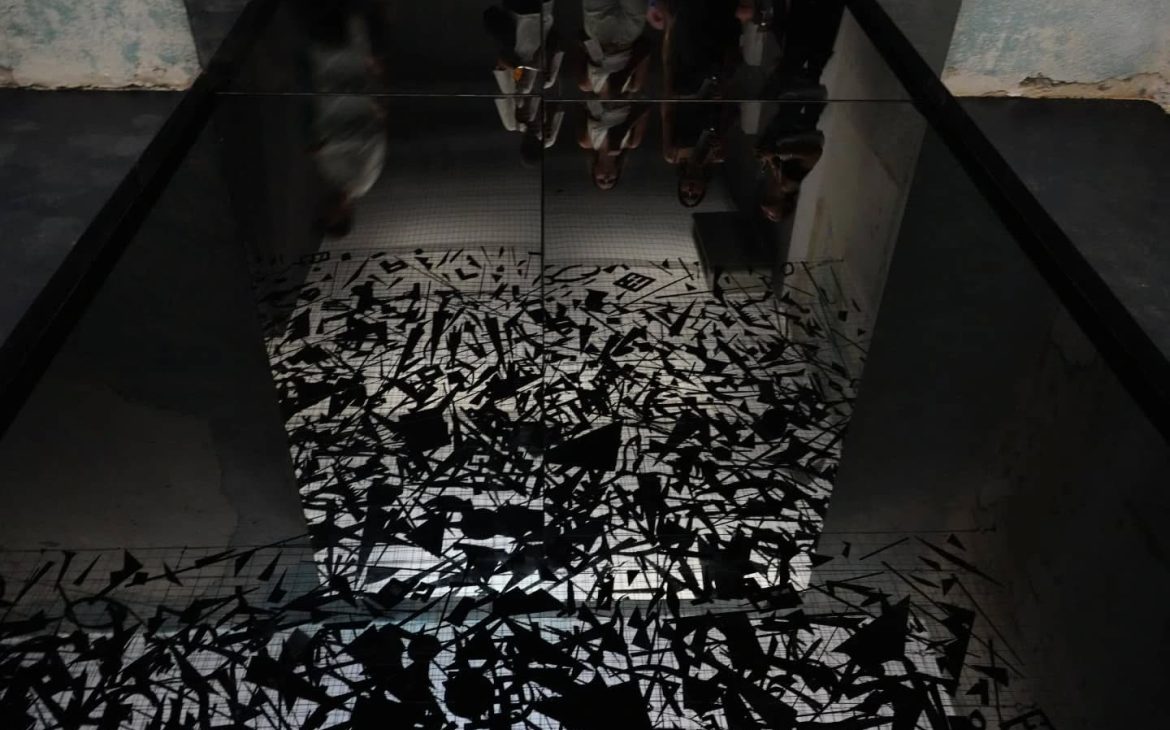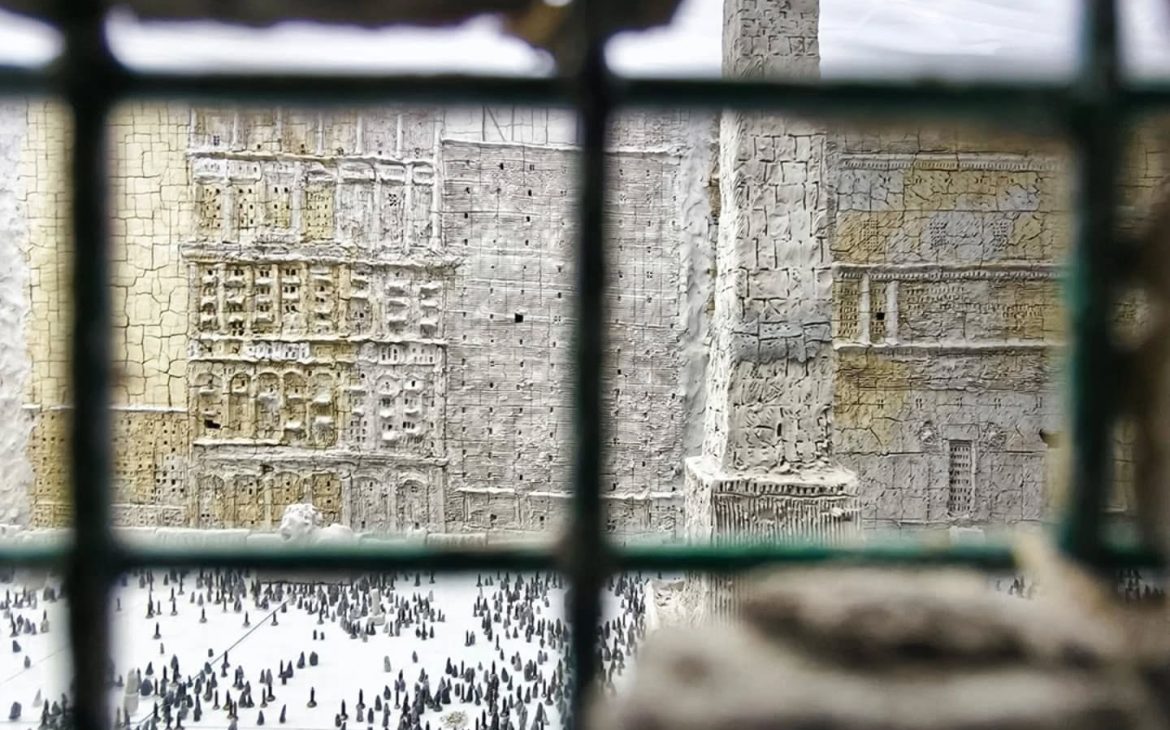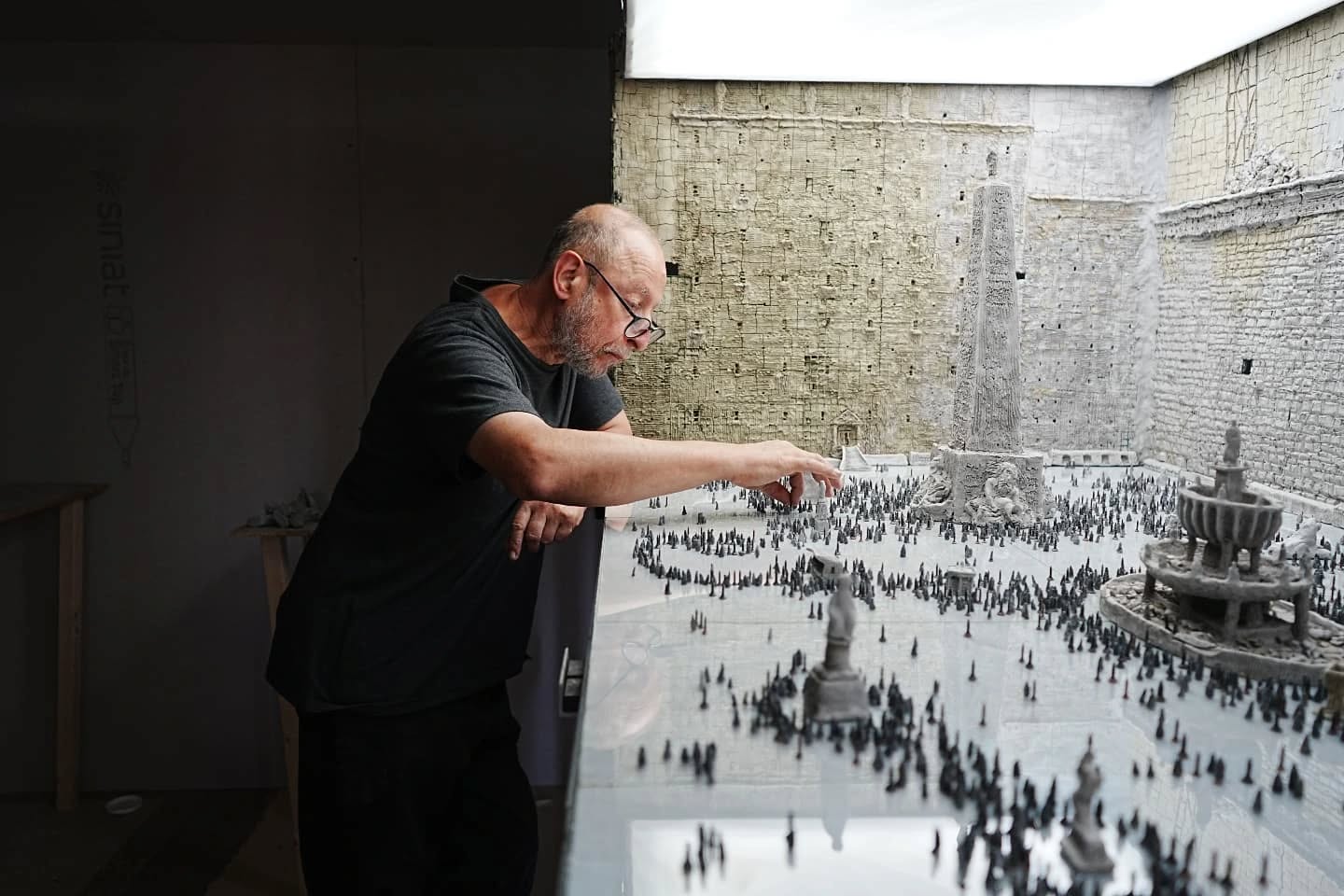The exhibition-installation “CELLA/kamera. Alexander Brodsky at Malmaison”, curated by Andreea Mihaela Chircă, is an open invitation to discover hidden layers of the approach, details from the construction of this project and perhaps unsuspected meanings that architect/artist Alexander Brodsky materialized in the series of rooms created at /SAC Malmaison.
“CELLA/kamera is an encounter between Alexander Brodsky and the Malmaison building, a peculiar exchange between new ideas or old obsessions of the author and the particular space of an edifice which once used to be a detention centre for those who (were thought to be) against the regime. The building puts at the architects/artist’s disposal its history and the ex-cells, the never-ending corridors, the cadence of doors and windows, which find their way into the realm of ideas and are transposed, reframed, interpreted in the installation. A sequence of radical spatial situations thus come into being, imposing different types of physical restraints on the spectator and putting into crisis the impression of precarious stability and fragile freedom, but most of all one’s vertical position.
Alexander Brodsky is constructing at Malmaison another spatial reality which encapsulates new and old matter, rooms, enclosures – a cell within a cell within a Cella. The created chambers, as enclosed as they are, have a transitory character, one finds himself always looking beyond the space he finds himself in, always trying to surpass the restrictions imposed upon him, always peeking and trying to go ”in Through the Out Door”.
The notions of CELLA / kamera compress some of Alexander Brodsky’s visions generated at/by Malmaison:
/ the main enclosed room in the Ancient Roman temple that contains the image of the deity, a (dark) room, a prisoner’s cell, a hermit’s or a monk’s cell, somethingenclosed, isolated and concealed, defined by limits and the desire to go beyond, tootherwhere(s).
/a camera obscura, a photographic device, a prisoner’s cell (in Russian), a room (in Romanian)
These explanations reveal as much as they conceal the significations of the exhibition. One should not be tricked into thinking that there is only an obvious gesture of recreating cells into an ex-prison, for it is not. This is not all there is. Just like Alexander Brodsky’s etchings and drawings gain succesive layers throughscratching and hatching, the installation accumulates matter and meaning.
In terms of architectural rules, Alexander Brodsky’s cella is a an inversion/contradiction of the classical spatial configuration of an ancient CELLA. The original purity of the temple chamber surrounded by columns is no more. The cella descended here (in line with the lowered ceiling of the main roof) into the mundane, into the laic (dis)order of human worldly life, letting everything from outside come in, only to be encapsulated. Mirrors, chambers, corridors, pillars, piazzas without names – all the series of small enclosures are compressed in this unstable interiority. Limits upon limits imbricate in Alexander Brodsky’s newly created spatial reality, slowly suctioning the outsider into another universe in which the exterior world seems far away, reachable only through well controlled framing. Just like the inescapable repetitions of cells, doors, windows, corridors, patterns in Malmaison, the exhibition/installations is built through obsessive repetitive gestures (like the old rituals in the Cella, the rituals/habits that one has in the room/cell of one’s own), which deepens the state of immersion. He who enters the universe conceived by Alexander Brodsky has to pass through four spaces: The Well, The Corridor, The Cella, The Camera Obscura, each with its restrains and ”beyonds”, each with its own boxes of darkness and light, each with its own mirrors and mirages. Going from room to room, door to door, pillar to pillar, frame to frame, one encounters multiple constraints in perceiving the artworks. Not everything is shown at once or reveals itself at first sight. Much like a papyrus or a palimpsest, the exhibition as a whole and each piece singularly have hidden layers which become readable in time and space. Once all the stages of the enclosed labyrinth have been completed, the outsider-turned-into-an-insider finally gets a glimpse of exterior world, but still the connection with reality remains distorted and unclear.
Alexander Brodsky is credited as one of the most important figures in the contemporary architectural scene and considered to be one of the main representatives (together with Ilya Utkin, with whom he formed the BR:UT group between 1978-1993) of the so-called “Paper Architecture” movement. The experimental phenomenon which emerged in the Soviet Union was the dome under which architects could construct critical, divergent, graphic discourses outside the state-controlled profession. This alternative path, used as a way of escaping the cannons imposed on architectural practice by the regimes, was for Alexander Brodsky a form of soft dissent, a way of preserving his creative autonomy and creating an identity, an expressive individuality.
The construction through drawing and the retreat into drawing, into the mental realm, into the imagination was never meant to be just a resort to pure fantasy/fiction, as the architect/artist was always attentive, aware of the external context which he criticized caustically, with humor, gravity, irony, allegory by creating alternative possible realities.
In the 1990s, once the context allowed it, Alexander Brodsky turned to the field of installation-making and exceeded the paper medium by modelling spaces in which his architectural side could express itself even more poignantly. In 2000 he opened his own bureau, starting to practice 28 years after graduating.
Alexander Brodsky always remained in this grey area between art and architecture.” (exhibition text)
**This project is supported by the Romanian Order of Architects, from the architectural stamp duty.
Partners: Anuala de Arhitectură București 2025, Workspace Studio.
